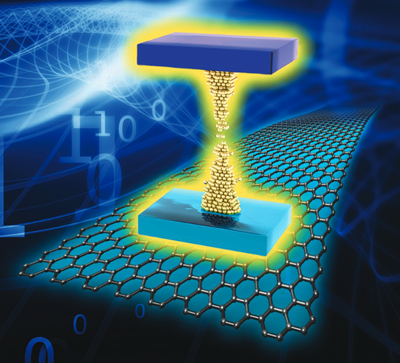An overview of RRAM

(Abstract) Reversible chemical and structural changes induced by ionic motion and reaction in response to electrical stimuli leads to resistive switching effects in metal-insulator-metal structures. Filamentary switching based on the formation and rupture of nanoscale conductive filament has been applied in non-volatile memory and volatile selector devices with low power consumption and fast switching speeds. Before the mass production of resistive switching devices, great efforts are still required to enable stable and reliable switching performances. The conductive filament, a bridge of microscopic metal-insulator-metal structure and macroscopic resistance states, plays an irreplaceable part in resistive switching behavior, as unreliable performance often originates from unstable filament behavior. In this Review, departing from the filamentary switching mechanism and the existing issues, recent advances of the switching performance improvement through the conductive filament modulation are discussed, in the sequence of material modulation, device structure design and switching operation scheme optimization. In particular, two-dimensional (2D) nanomaterials with excellent properties including and beyond graphene, are discussed with emphasis on performance improvement by their active roles as the switching layer, insertion layer, thin electrode, patterned electrode, and edge electrode, etc.
Reference
Resistive switching performance improvement via modulating nanoscale conductive filament, involving the application of two‐dimensional layered materials
Y. Li, S. Long*, Q. Liu, H. Lv, and M. Liu*
Small 13, 1604306 (2017) - selected as cover picture.